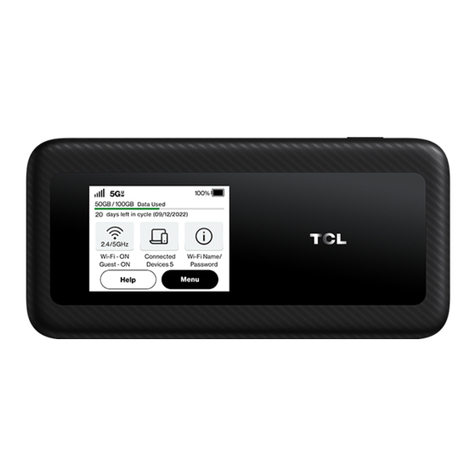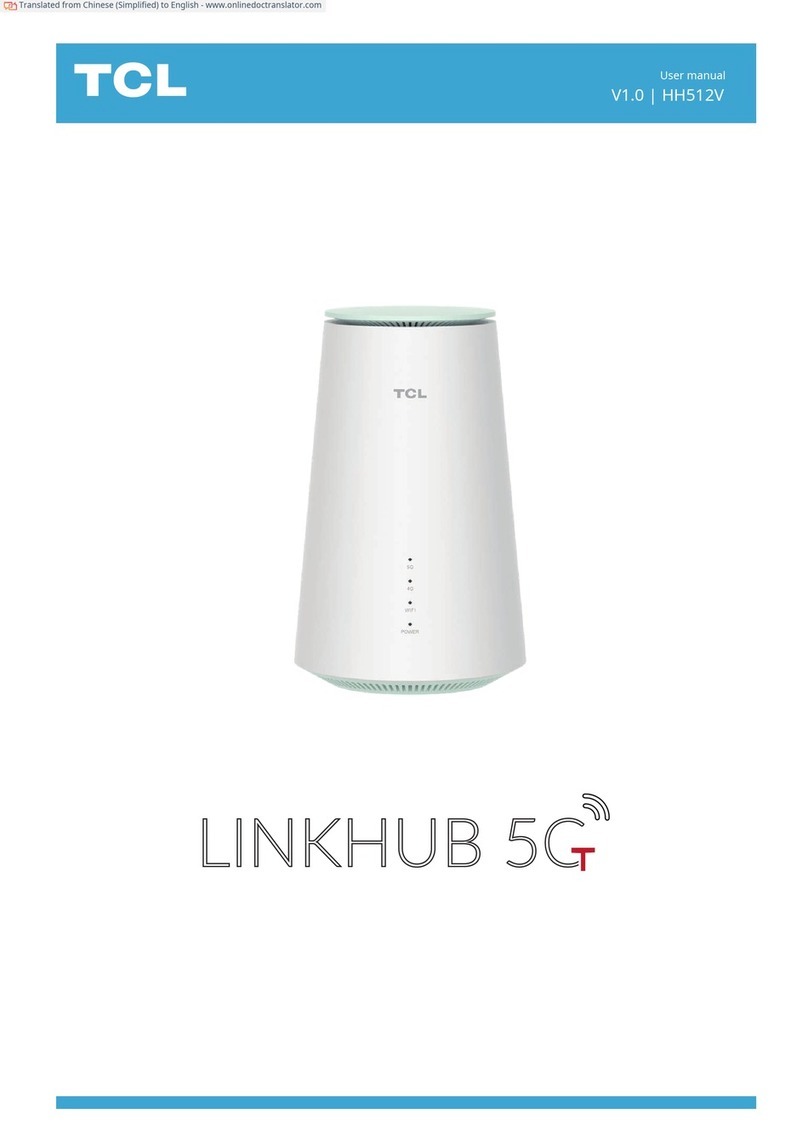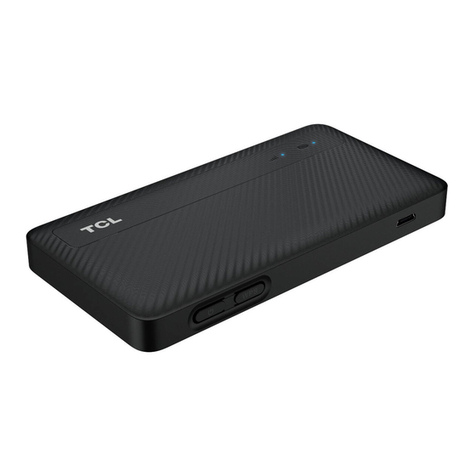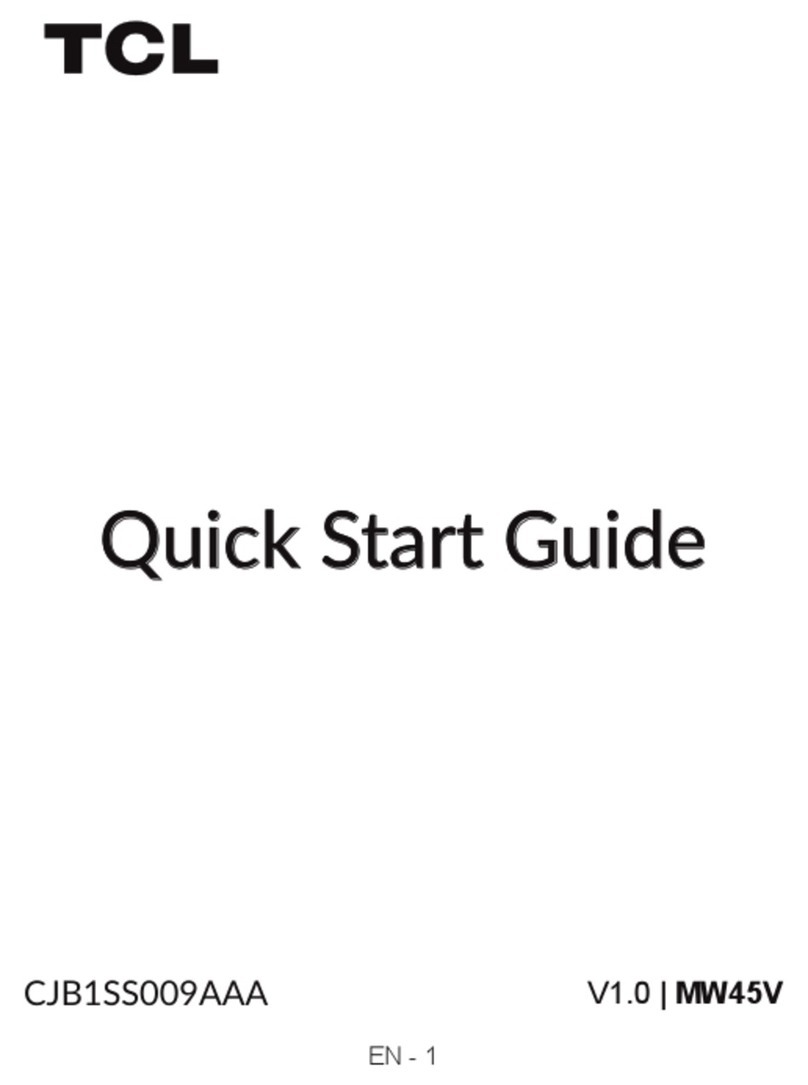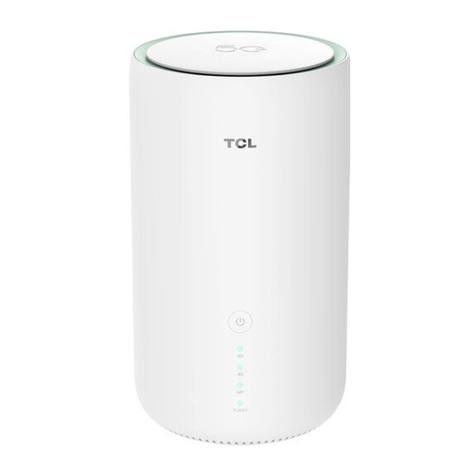
ii
Contents
Read this first ....................................................................................................................... iii
Chapter 1. Meet your CPE.................................................................................................... 1
1.1 System requirements ..................................................................................................... 1
1.2 Overview ........................................................................................................................ 1
Chapter 2. Get started ......................................................................................................... 3
2.1 Connect your CPE to the Internet .................................................................................. 3
2.2 Identify an ideal location ................................................................................................ 5
2.3 Connect the power adaptor............................................................................................ 5
2.4 Access CPE network...................................................................................................... 5
2.5 Use the telephone function (For HH40L1 only).............................................................. 6
Chapter 3. Access the web UI ............................................................................................. 7
3.1 Log in to the web UI ...................................................................................................... 7
3.2 Explore web UI features................................................................................................. 7
Chapter 4. Configure your CPE........................................................................................... 8
4.1 Home .............................................................................................................................. 8
4.2 Quick Settings................................................................................................................. 8
4.3 Devices Settings ............................................................................................................. 9
4.4 SMS .............................................................................................................................. 13
4.5 Firewall.......................................................................................................................... 13
4.6 System settings............................................................................................................. 14
Important safety information.............................................................................................. 16
Important safety instructions .............................................................................................. 16
Medical device interference ............................................................................................... 16
Power adapter .................................................................................................................... 16
Battery................................................................................................................................. 16
Operating temperature........................................................................................................ 17
Troubleshooting .................................................................................................................. 18






